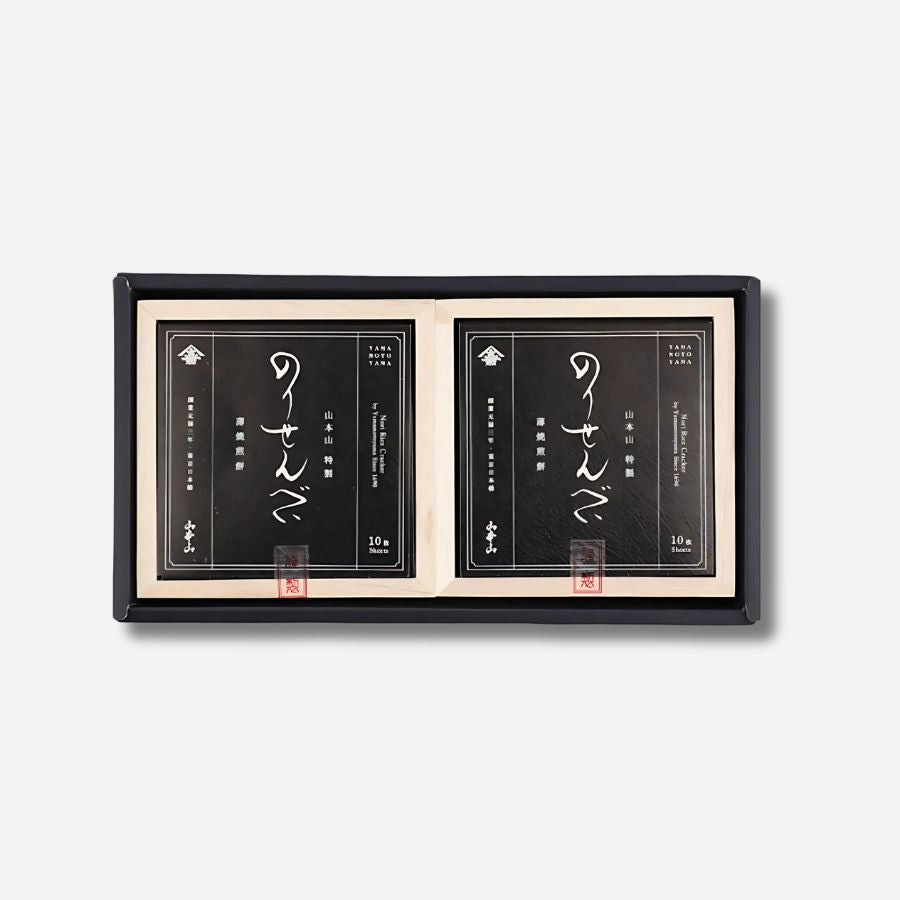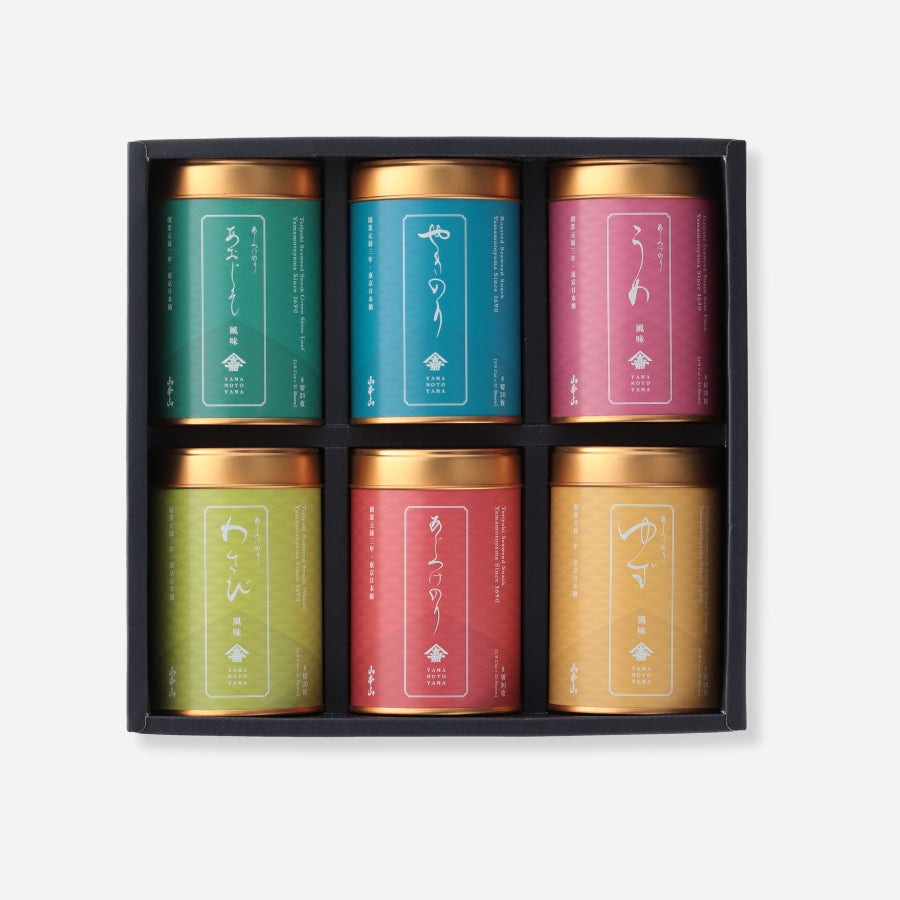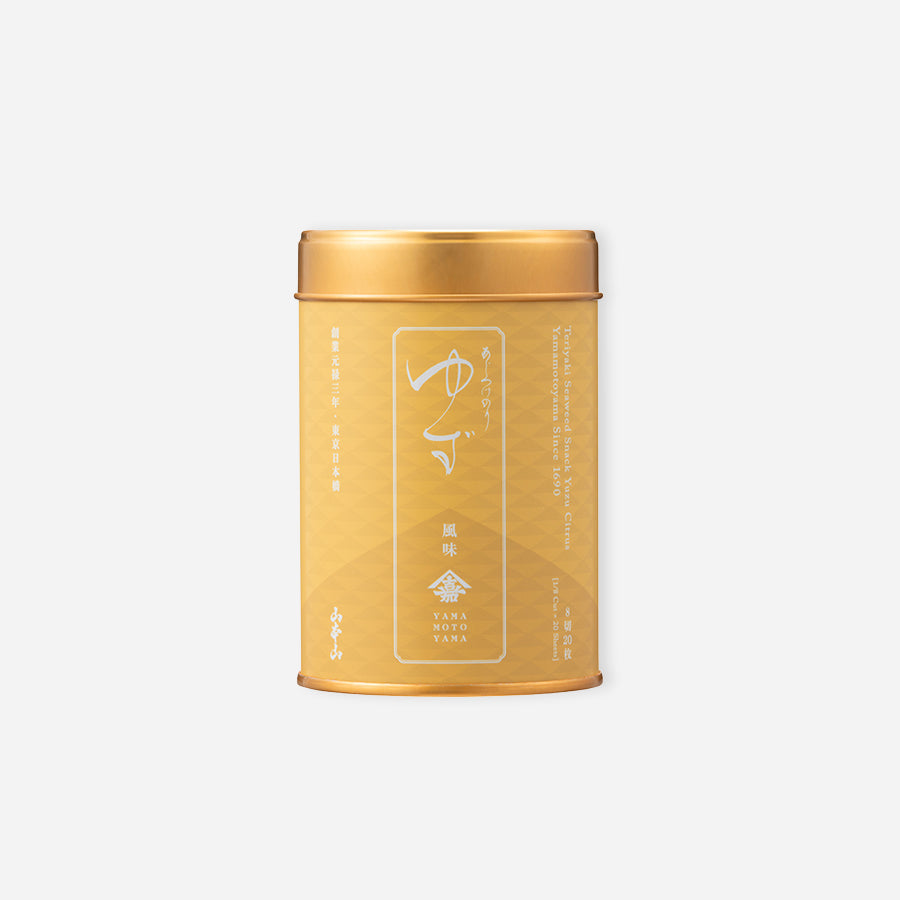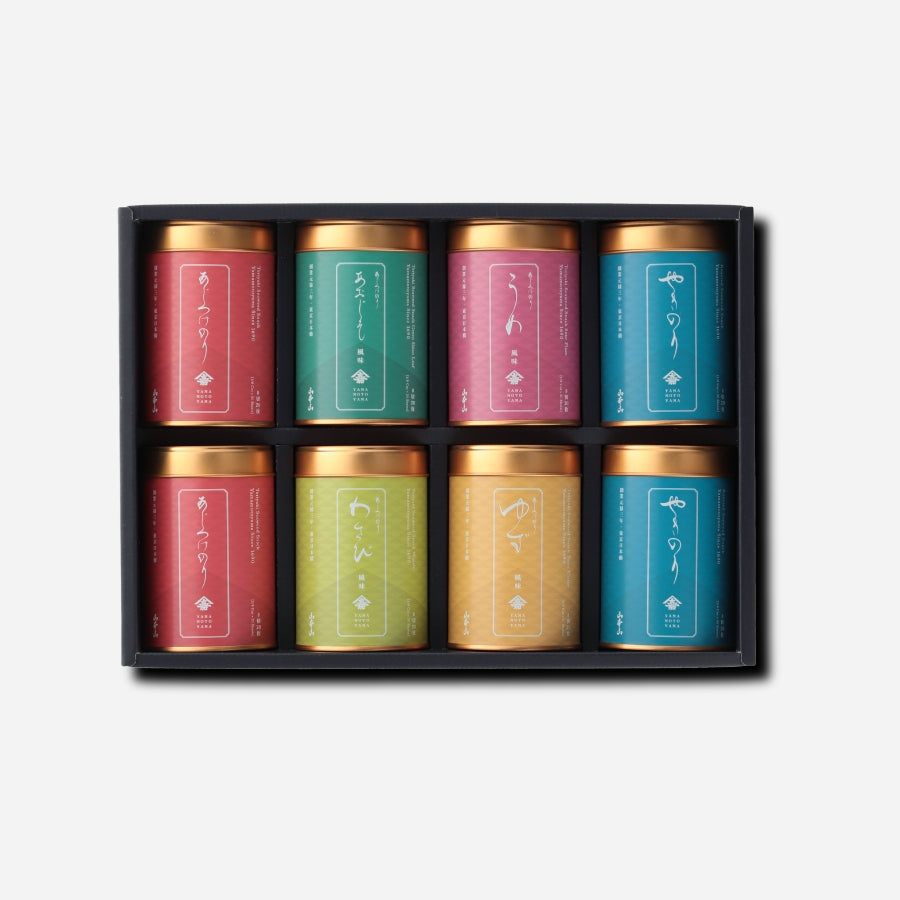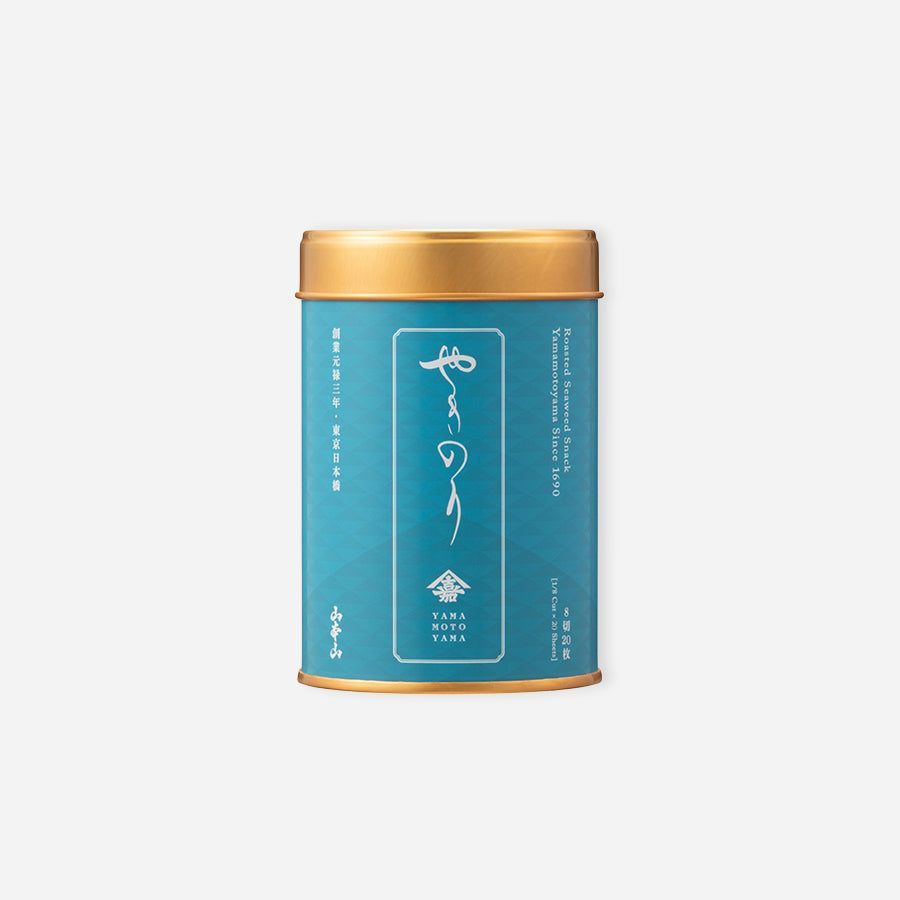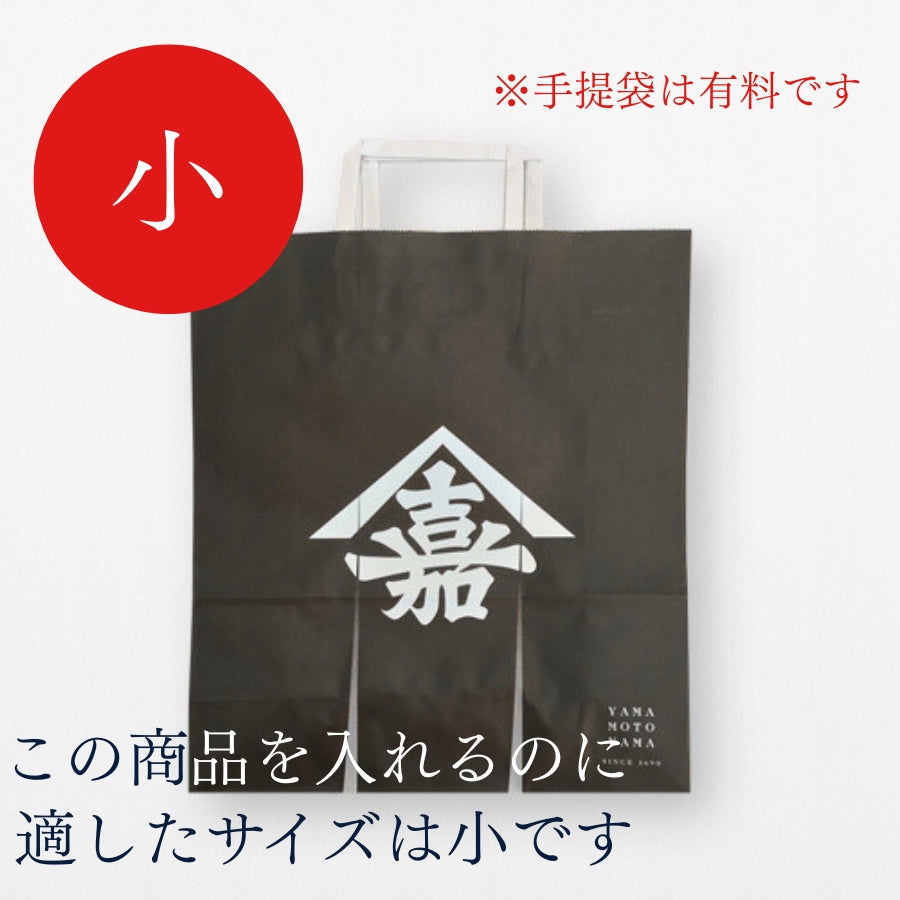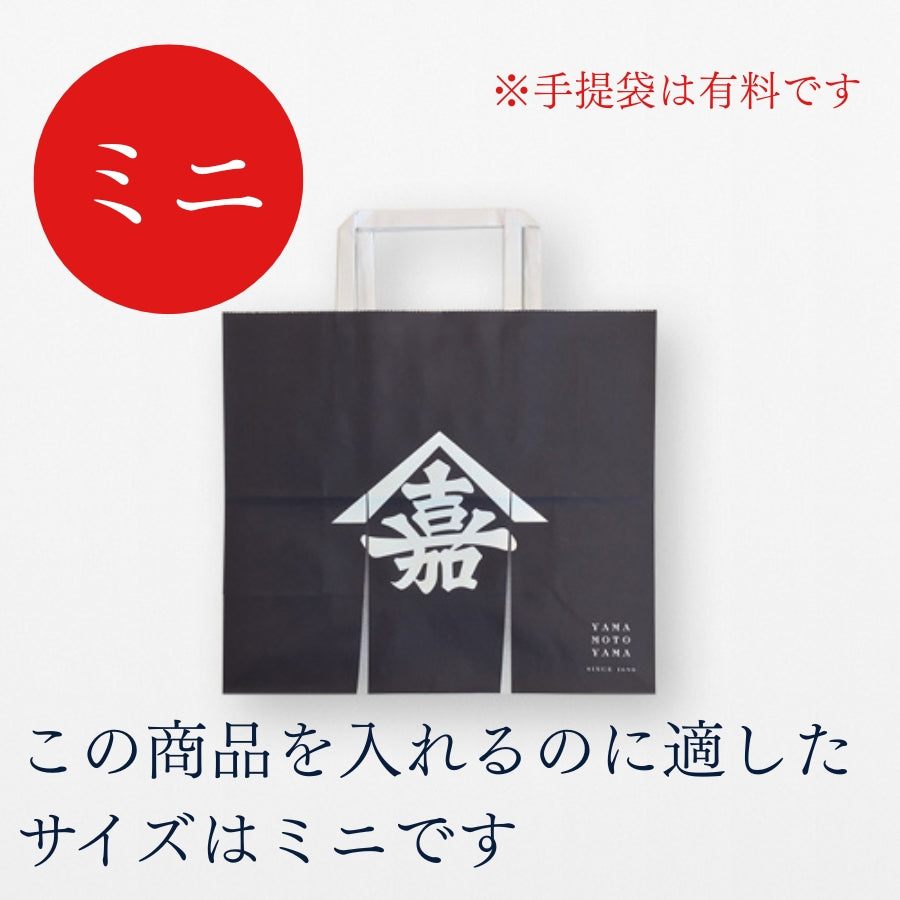
A complete guide to funeral offering etiquette! Explaining the amount, how to write it, and etiquette
- What is a condolence gift?
- Average amount of condolence money
- How to write a condolence envelope
- How to wrap money
- Etiquette for giving a condolence gift
- Things to note when giving a gift
- If you give an offering instead of cash
- Check in advance
- Choose the right item
- Estimated price
- How to deliver offerings
- Wrapping paper and inscription
- Things to note when sending flowers (funeral flowers)
- summary
What is a condolence gift?
A koden (incense offering) is a monetary gift offered to the spirit of a deceased person at a Buddhist or other funeral.
Originally, this meant offering incense as an offering to the deceased, but nowadays it is common to wrap money instead of incense.
It is brought to the wake, funeral, or memorial service.
Incense money has the meaning of mutual aid, reducing the burden of funerals on the bereaved family. It also conveys feelings of offering condolences to the deceased.

Average amount of condolence money
The amount of money given will vary depending on your age, your relationship to the deceased, and the region.
For example, the average price for a gift to a boss or friend from work is around 5,000 to 10,000 yen, but for parents or siblings, the average price range varies depending on the relationship with the deceased, from 30,000 to 100,000 yen. The average price also differs between people in their 20s and 50s.
The amount will be confirmed by the bereaved family without exception, so if there is a large difference in the amount between people of the same age and status, it will feel strange and will not leave a good impression. If possible, it is a good idea to ask acquaintances who will be attending the funeral together about the amount in advance.

How to write a condolence envelope
There are several items that must be filled out on a condolence envelope, including the inscription, the name, and the address, and the basic rule is to write this in light ink using a brush or brush pen.
Usuboku, as the name suggests, is written using thin ink, and it is said to express sadness towards the deceased.
First, put the bills in a white envelope and write the address and your name on the envelope. If you are using a double envelope, write the amount on the inner envelope.
The envelope for a condolence gift is generally inscribed with "Goreizen" or "Gobutsuzen," but this varies depending on the sect, so be careful.
In Christian ceremonies it is written as "Kenryo" or "Okaryo," in Shinto ceremonies it is written as "Otamagushiryo," and in non-religious ceremonies it is written as "Okaryo" or "Goryozen."
If there is an inner envelope, write the giver's address and name on the back of the inner envelope; if there is no inner envelope, write it on the back of the condolence envelope.

How to wrap money
The proper way to put money into the condolence envelope or inner envelope is to place the portrait face down, facing the front.
This way, when the bereaved family opens the condolence envelope, the front of the note (the side with the portrait on it) will be at the top. It is also considered better for the face to be at the bottom.

Etiquette for giving a condolence gift
The condolence money should be brought in a condolence envelope to the wake, funeral, or memorial service and handed to the attendant at the reception.
The condolence envelope should be wrapped in a navy or grey fukusa and taken out when you present it. If you don't have a fukusa, it is fine to wrap it in a white handkerchief.

Things to note when giving a gift
Below are some points to keep in mind when giving cash as a condolence gift. There are various customs and manners for wakes and funerals. It is important to observe etiquette when giving condolence money.
- Choose banknotes that have been used appropriately (avoid new or dirty banknotes).
- The amount to be wrapped should be an odd number (usually 1, 3, or 10).
- The banknotes should be oriented in the same direction.
- Check that the inscription is correct
- Using a fukusa
- Hand it over with both hands

If you give an offering instead of cash
Nowadays it is common to give cash, but it is acceptable to give incense, sweets, or other items that are displayed in front of the altar (offerings) instead of cash as a condolence gift.
Since a condolence gift is meant to express condolences to an individual or the bereaved family, it is not considered bad manners to give anything other than cash.
However, there are a few things to keep in mind when giving offerings.
1. Check in advance
Before bringing a gift, check with the bereaved family whether it is okay to give a gift in lieu of a condolence gift.
If you have received a notice in advance to "decline flowers, condolence money, and offerings," the correct thing to do is to not send anything, including condolence money, flowers, or offerings.
If you send an incense gift or flowers, the bereaved family members will naturally have to give a gift in return, so giving a gift may become a burden to the recipient.
Be sure to check before attending a funeral or going to the home of a bereaved family member to pay your respects.
2. Choose the right item
Not just any offering will do.
When bringing a gift in lieu of a condolence gift, choose something related to Buddhist practices.
The basic principle is to be mindful of the five Buddhist offerings: incense, flowers, lamps, water, and food and drink.
- Incense: Incense sticks and powdered incense
- Flowers : Funeral flowers
- Light : Candle
- Water : Water offered to the deceased
- Food and drink : sweets, fruits, etc.
3. Estimated cost
It is said that the standard amount for offerings is around 5,000 yen, but the price range for incense, sweets, and flowers will naturally vary.
The going rate for incense and sweets is around 3,000 yen, and for flowers it is around 15,000 to 20,000 yen, but this can vary depending on the region and sect, so it is a good idea to check in advance.
Offerings that are too expensive may make the bereaved family feel uncomfortable. On the other hand, offerings that are too cheap may be considered rude. Consider your relationship with the deceased and decide on a budget.
4. How to Give Offerings
Offerings that can be brought, such as incense and sweets, should be handed over to the staff at the reception on the day of the funeral.
If you are giving a gift, take it out of the paper bag and hand it over at the entrance. If you are giving it together with a condolence gift wrapped in cash, hand the cash and the offering separately.
5. Wrapping paper and inscription
Offerings are wrapped in paper and have the words "offering" or "offering" written on it.
If you are giving it together with a condolence gift wrapped in cash, it is common to write "Koden" on the cash and "Goku" on the offering.
6. Points to note when sending flowers (funeral flowers)
Funeral flowers are flowers sent at wakes and funerals to pray for the repose of the deceased's soul and to show sympathy to the exhausted bereaved family.
It also has the role of saying goodbye to the deceased and decorating the altar. In modern times, it is given by people who had a close relationship with the deceased or their relatives, or as condolences from those who cannot attend the funeral.
The meaning of flowers varies depending on religion, so it is important to check the sect of the funeral before making arrangements.
Also, flowers must be reserved in advance as they will be displayed at the funeral venue.
The bereaved family may decline the acceptance of flowers at their discretion, so be sure to contact the family and funeral venue in advance to confirm whether flowers can be arranged.

summary
What did you think? Funerals are a place to remember and say goodbye to the deceased, and there are many detailed manners to follow.
Even though there are not many opportunities to do this, there are many rules about how to behave, such as what to wear and what to give as condolence money, and some people may feel discouraged, but following each and every one of these rules also has meaning in offering a memorial service.
It is important to know the basic etiquette that shows consideration for the deceased.





